Other
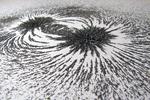
“UC Berkeley engineers have created a device that dramatically reduces the energy needed to power magnetic field detectors, which could revolutionize how we measure the magnetic fields that flow through our electronics, our planet and even our bodies. “The best …

“The discovery of buckyballs surprised and delighted chemists in the 1980s, nanotubes jazzed physicists in the 1990s, and graphene charged up materials scientists in the 2000s, but one nanoscale carbon structure – a negatively curved surface called a schwarzite – has eluded …
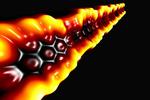
“Scientists are experimenting with narrow strips of graphene, called nanoribbons, in hopes of making cool new electronic devices, but University of California, Berkeley scientists have discovered another possible role for them: as nanoscale electron traps with potential applications in quantum …
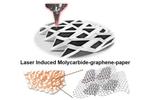
“UC Berkeley engineers have given new meaning to the term “working paper.” Using inexpensive materials, they have fabricated foldable electronic switches and sensors directly onto paper, along with prototype generators, supercapacitors and other electronic devices for a range of applications …
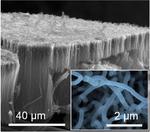
“A new supercapacitor could be a competitive alternative to lithium-ion batteries. The Science A newly discovered supercapacitor has the highest energy density of any comparable system as demonstrated by a team of Molecular Foundry users and staff. These ultracapacitors can …
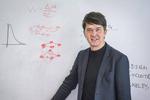
“ithium-based batteries use more than 50 percent of all cobalt produced in the world. These batteries are in your cell phone, laptop and maybe even your car. About 50 percent of the world’s cobalt comes from the Congo, where …

“It’s still easy to tell computer-simulated motions from the real thing – on the big screen or in video games, simulated humans and animals often move clumsily, without the rhythm and fluidity of their real-world counterparts. But that’s changing …

“UC Berkeley engineers have built a bright-light emitting device that is millimeters wide and fully transparent when turned off. The light emitting material in this device is a monolayer semiconductor, which is just three atoms thick. The device opens the …

“Some toddlers never seem to learn that if you run too fast you’ll bump your head. Skittering cockroaches bump their heads a lot too, but they’ve learned to embrace it, using the collision energy to propel themselves up …

“UC Berkeley researchers have developed a robotic learning technology that enables robots to imagine the future of their actions so they can figure out how to manipulate objects they have never encountered before. In the future, this technology could help …
